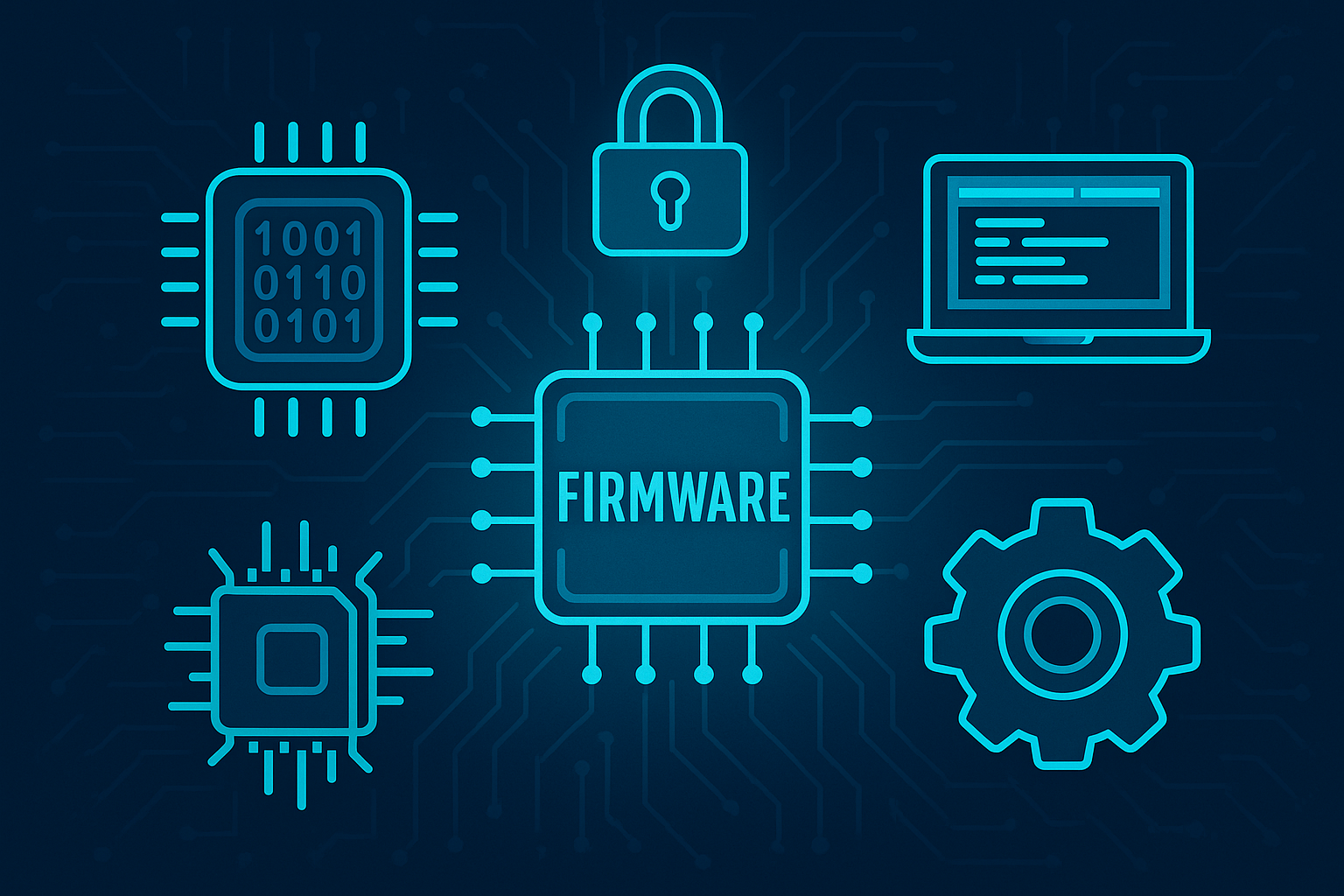Unlocking Cybersecurity: The Critical Role of Hardware and Firmware
In an era where cybersecurity dominates tech conversations, the distinction between hardware, software, and firmware security becomes increasingly important. Yet, the complexities of how these components interact and the potential vulnerabilities they harbor often remain overlooked. This piece explores how crucial hardware and firmware are to overall cybersecurity strategies, illuminated by recent initiatives and research developments.
The Intersection of Hardware and Cybersecurity
Historically, hardware was assumed to be naturally secure, a belief that has been dispelled by emerging threats and sophisticated cyber-attacks. As delineated by the National Institute of Standards and Technology (NIST), hardware components can be exploited, leading to severe security breaches (NIST, 2024). Hardware security encompasses everything from the physical devices to embedded components like firmware—the software permanently installed on your hardware.
What is Firmware?
Firmware is a specific type of software that provides low-level control for a device's hardware. It is designed to be immutable and is embedded directly into the hardware at the manufacturing stage, which allows devices to perform essential functions even before systems software kicks in. However, its immutable nature can make it a prime target for persistent cyber threats.
Modern Initiatives and Programs
Recognizing these challenges, the DARPA's SSITH program aims to revolutionize hardware and firmware security by preventing common attacks from within the circuitry itself (DARPA SSITH). Similarly, Microsoft's integration within the Azure platform seeks to enhance firmware security through continuous collaboration and innovation (Microsoft Azure, 2022).
Patching and Vulnerability Management
The presence of vulnerabilities in hardware and firmware can often be overlooked until it’s too late. The cybersecurity team at CIS highlights the necessity of understanding the distinctions among hardware, software, and firmware to effectively manage vulnerabilities (CIS, n.d.). It’s not just about finding vulnerabilities, but also about ensuring that they are patched in a timely manner.
Real-World Impact
Take the example of the infamous Spectre and Meltdown processor vulnerabilities discovered in 2018. These hardware vulnerabilities allowed attackers to steal data processed on the computer. Both vulnerabilities exploited critical aspects of performance features in CPUs, and their discovery required changes in how processors are designed, as well as in firmware updates.
Concluding Insights
In light of these technological advancements and challenges, the key takeaway for businesses and the general public is to not overlook the foundational aspects of cybersecurity. A strong cybersecurity strategy must include thorough scrutiny and continuous improvement of all elements, specifically hardware and firmware, to prevent and mitigate threats effectively.
